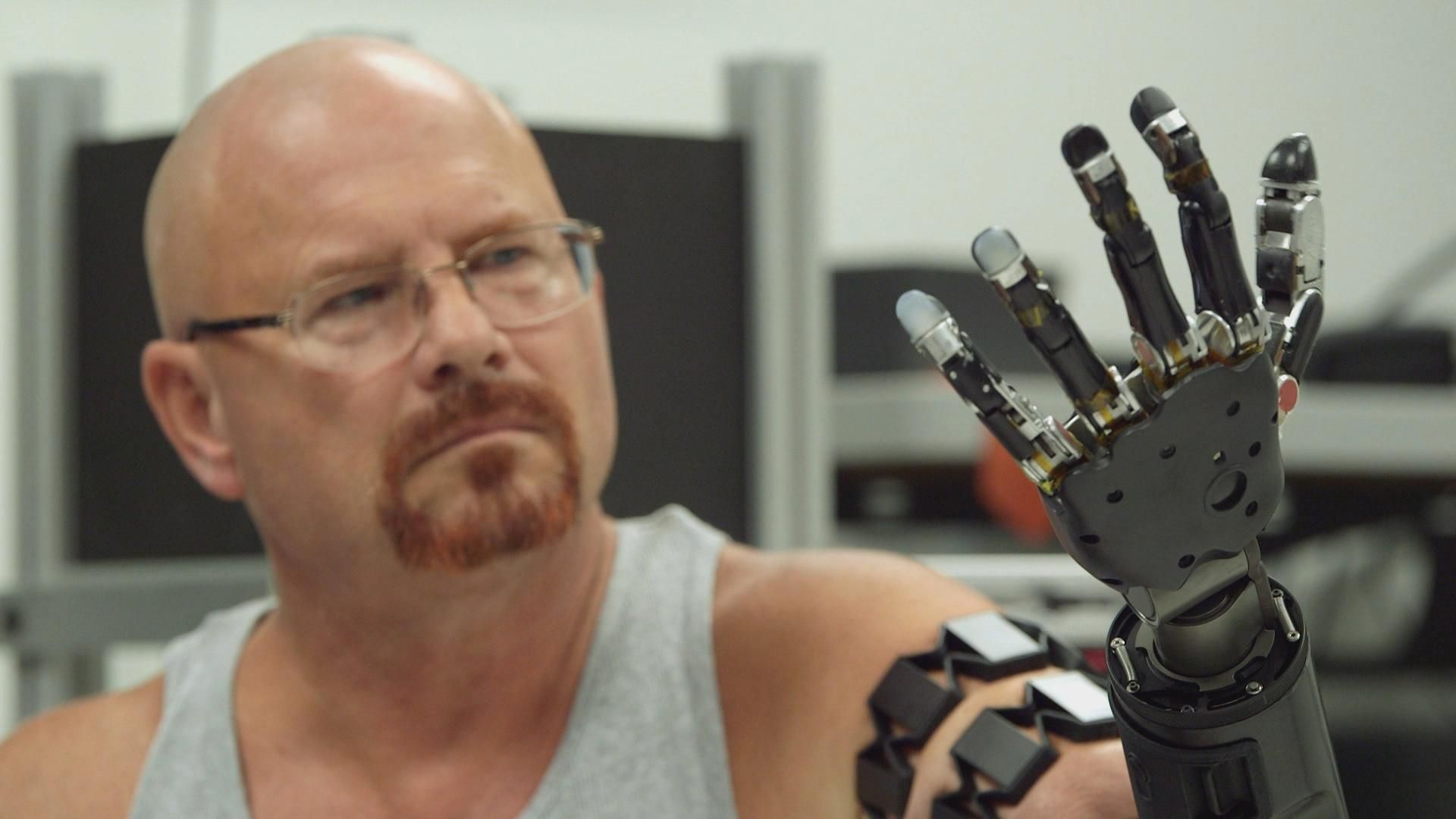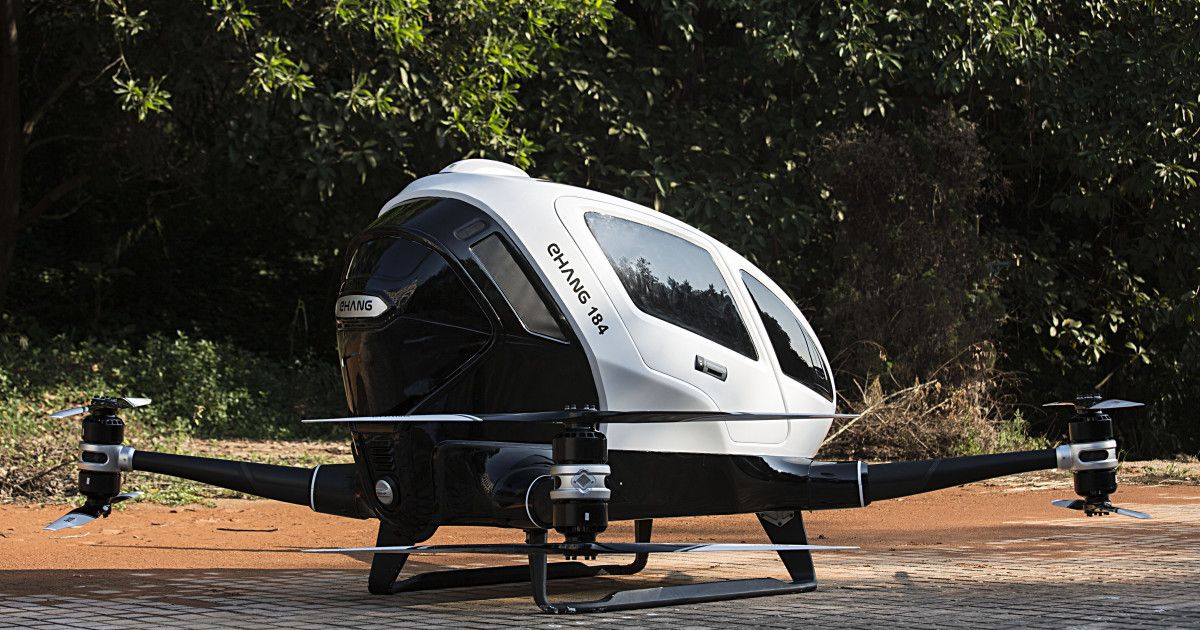Researchers reveal a new mechanism to create hydrogen fuel that could power environmentally clean cars.
In 1975, the USSR actually fired a cannon from an orbiting space station. Forty years later, we finally got a good look at this gun.
Johnny Matheny is the first person to attach a mind-controlled prosthetic limb directly to his skeleton. After losing his arm to cancer in 2008, Johnny signed up for a number of experimental surgeries to prepare himself to use a DARPA-funded prosthetic prototype. The Modular Prosthetic Limb, developed by the Johns Hopkins Applied Physics Laboratory, allows Johnny to regain almost complete range of motion through the Bluetooth-controlled arm. (Video by Drew Beebe, Brandon Lisy) (Source: Bloomberg)
A very well done essay by Frank Wilczek about axions, their motivations, their candidacy for dark matter job, and their experimental status.
The future of space colonization and industrialization can now be visualized.
Planetary Resources, in collaboration with our partner 3D Systems, have developed the first ever direct metal print from asteroid metals. At the Consumer Electronics Show (CES) today in Las Vegas, NV., we unveiled the geometric object on the Engadget stage.

Apple Buys Artificial-Intelligence Startup Emollient — By Rolfe Winkler, et al | The Wall Street Journal
Posted in computing, electronics, machine learning, mobile phones, robotics/AI, software | Leave a Comment on Apple Buys Artificial-Intelligence Startup Emollient — By Rolfe Winkler, et al | The Wall Street Journal

“Apple Inc. has purchased Emotient Inc., a startup that uses artificial-intelligence technology to read people’s emotions by analyzing facial expressions.”
(credit: LG)
LG is creating a buzz at CES with its concept demo of the world’s first display that can be rolled up like a newspaper.
LG says they’re aiming for 4K-quality 55-inch screens (the prototype resolution is 1,200 by 810 pixels), BBC reports.
And the Singularity rolls ever on. And on.
“Cytokine converter” AND-gate synthetic-biology prosthesis used to treat psoriasis in mice. Top left: skin before; right: skin after. (credit: Lina Schukur et al./Science Translational Medicine)
An advanced “molecular prosthetic” — a cell with synthetic gene circuits that can be implanted into an organism to take over metabolic functions that the organism cannot perform itself — has been developed by ETH Zurich scientists.
Previous gene circuits typically monitored only whether one disease-causing molecule (called a cytokine) was present in their environment and if so, produced a single therapeutic cytokine as a response. The new “cytokine converter” synthetic circuit functions like an AND gate: It can detect two different cytokines simultaneously, and if (and only if) both are present, produces two different cytokines that can treat a disease.
Yup, you read that headline right. A Chinese UAV company named Ehang just unveiled the world’s first autonomous flying taxi.
The plainly-named 184 drone is essentially a giant quadcopter designed to carry a single passenger — and it needs no pilot. Inside the cockpit, there are absolutely zero controls. No joystick, no steering wheel, no buttons, switches, or control panels — just a seat and a small tablet stand.
To fly it, the user simply hops in the cockpit, fires up the accompanying mobile app, and chooses a destination. From that point onward, you’re just along for the ride. The drone takes care of all the piloting and navigation autonomously — so you supposedly don’t need a pilot’s license to use it.









